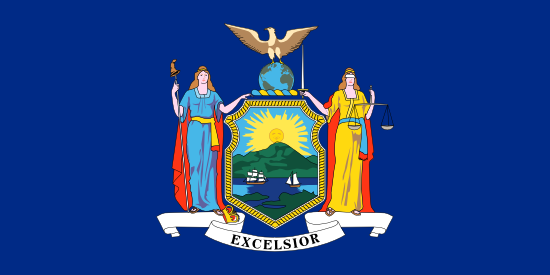
New York
- Statehood Year:
- 1788
- Capital:
- Albany
- Largest Cities:
- New York, Hempstead, Brookhaven
- Abbreviation:
- NY
New York is a state in the Northeast region of the United States, known for the Adirondacks, Finger Lakes, and global city life. It has a population of 19,997,100, making it the 4th most populated state in the country. The capital city is Albany. New York has a financial capital with diverse economic sectors.